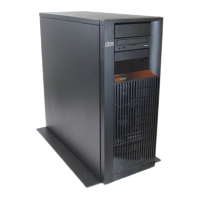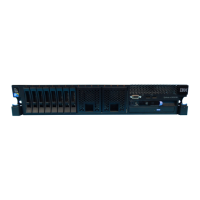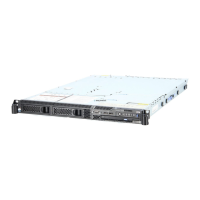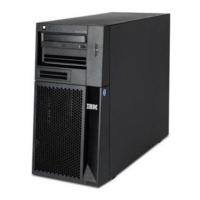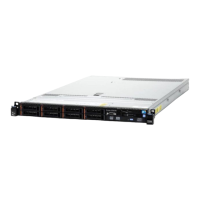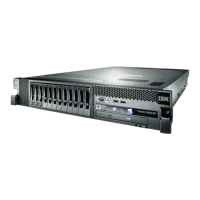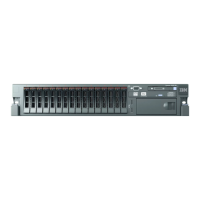1. Have any other I/O card or device SRCs occurred at about the same time as
this error?
No Yes
↓ Use the other I/O card or device SRCs to correct the problem (see
“Chapter 2. Unit Reference Codes” on page 59).
This ends the procedure.
2. Has the I/O card, or have the devices been repaired or reconfigured recently?
Yes No
↓ Note any other errors that occurred at about the same time for the
same I/O card. Then ask your next level of support for assistance.
This ends the procedure.
3. Display the Product Activity Log entry that is associated with this SRC by
performing one of the following:
v If you can enter a command at the console, select system service tools (SST)
(see “System Service Tools (SST)” in the iSeries Service Functions information).
Select the Product Activity Log option and display the Product Activity Log
entry for this SRC. Press the F9 key for address information in the Product
Activity Log entry for this SRC. This is the I/O card address.
v If you cannot enter a command at the console, perform an IPL to DST (see
“Dedicated Service Tools (DST)” in the iSeries Service Functions information).
Select the Product activity log option and display the Product Activity Log
entry for this SRC. Press the F9 key for address information in the Product
Activity Log entry for this SRC. This is the I/O card address.
If you cannot perform a type A or B IPL, perform a type D IPL from
removable media. Select the Product Activity Log option and display the
Product Activity Log for this SRC. The direct select address (DSA) of the I/O
card is in the format BBBB-Cc-bb:
– BBBB = hexadecimal offsets 4C and 4D.
– Cc = hexadecimal offset 51.
– bb = hexadecimal offset 4F.
The unit address of the I/O card is hexadecimal offset 18C through 18F.
4. For a type A or B IPL, view the “Additional Information” to see the formatted
log information. For a type D IPL, see “More Information from Hexadecimal
Reports” in the iSeries Service Functions.
Record the addresses that are not 0000 0000 for all devices listed.
Note: There may be multiple displays of data. Ensure that you check all
displays that are associated with the error.
See “Locations and Addresses” on page 705 and find the diagram of the system
unit, or the expansion unit. Then find the following:
v The card slot that is identified by the I/O card direct select address (DSA)
and unit address. If there is no IOA with a matching DSA and unit address,
the IOP and IOA are one card. Use the IOP with the same DSA.
v The disk unit locations that are identified by the unit addresses.
Have you determined the location of the I/O card and the devices that are
causing the problem?
Yes No
SDIOP PIPs
428
iSeries Model 830, 840, SB2, and SB3 Problem Analysis, Repair and Parts V5R1
